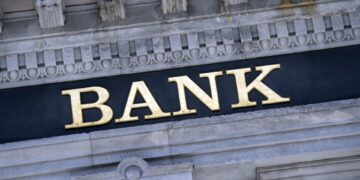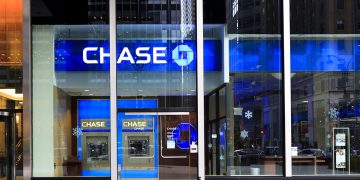Non-banking finance companies (NBFCs) have asked for the same benefits as banks while the central bank looks to harmonize regulations for all lending institutions. These lenders have also sought relaxations to new norms for NBFCs proposed by the Reserve Bank of India (RBI) last month in a discussion paper.
In a letter to RBI on the paper, the industry body for NBFCs, Finance Industry Development Council (FIDC), said that there is a need for uniformity in regulation since these companies perform the same credit function as banks.
The FIDC said RBI should allow NBFCs 3-4 years to shift from 180 to a 90-day bad loan recognition rule. This was one of the recommendations made in the discussion paper for NBFC Base Layer (BL) category.
The discussion paper proposed classifying NBFCs into four categories based on their size and risk perception—NBFC BL, NBFC Middle Layer (ML), NBFC Upper Layer (UL) and NBFC Top Layer (TL).
NBFCs with assets of up to ₹1,000 crore will fall under the BL category. MLs will consist of non-deposit taking NBFCs that are systemically important and deposit-taking NBFCs. The ULs could include as many as 30 systemically significant NBFCs, which will be regulated like banks.
“We appreciate the need to harmonize Income Recognition and Asset Classification norms across banks and NBFCs. However, given the huge impact of this on these companies, we would recommend making this shift over a period of 3-4 years from 180 days to 150, 120 and then to 90 days in order to cushion the impact of this change on these entities,” FIDC said.
The industry body has also requested RBI to relax the new rules proposing net owned fund (NOF) requirement of ₹20 crore to ₹10 crore for NBFCs. FIDC has sought a five-year time frame to increase their NOF requirement.
The RBI discussion paper had suggested raising NOF requirements for NBFC BL category to ₹20 crore from ₹2 crore earlier.
FIDC has also sought relaxation in the risk weights to be kept for different NBFCs depending on the asset class. For instance, the risk weight on all NBFCs, both secured and unsecured, currently stands at 100%. While the industry body has sought 50% risk weights for NBFCs into financing commercial vehicles, construction, gold loans, loans for plant & machinery for SMEs, it has sought 75% risk weight for NBFCs into two- and three-wheeler financing.
FIDC has also sought a refinance arrangement to ensure funding for small and medium-sized NBFCs.
“Different asset classes have different quantum of risks involved. A vehicle loan is a low-risk asset as against loan against property. So, risk weights should be lower for a vehicle loan. Low-risk weight means less capital requirement, said Raman Agarwal, chair, NBFCs, at Centre for International Economic Understanding.
While RBI has sought to increase the scrutiny of shadow banks, it has also assured them that the proposed changes will continue to allow those engaged in niche sectors and markets to have flexibility in business operations.








